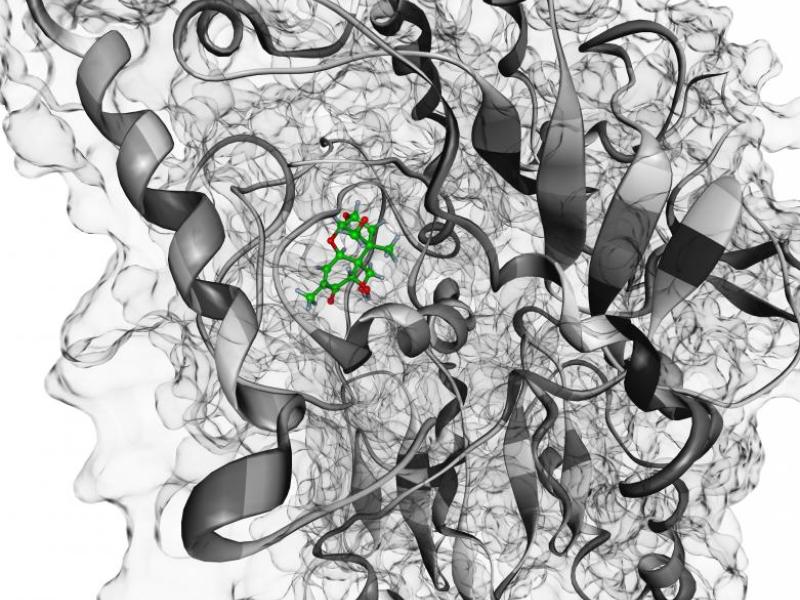A great amount of bioactive matter synthesised by microorganisms or plants can not be found naturally free in our environment. Diverse enzymes arrange for a glycosidic linkage, especially uridin-diphosphate-glycosyltransferases (UGTs). Likewise organisms own enzymes with differing substrate specificity that are able to free the bioactive substrates from their glycosidic linkage, so-called glycoside hydrolases (respectively glycosidases) of the GH1 family. It is of great interest to examine computationally the correlation between structure and substrate specificity of those groups of enzymes, which process different substrates.
